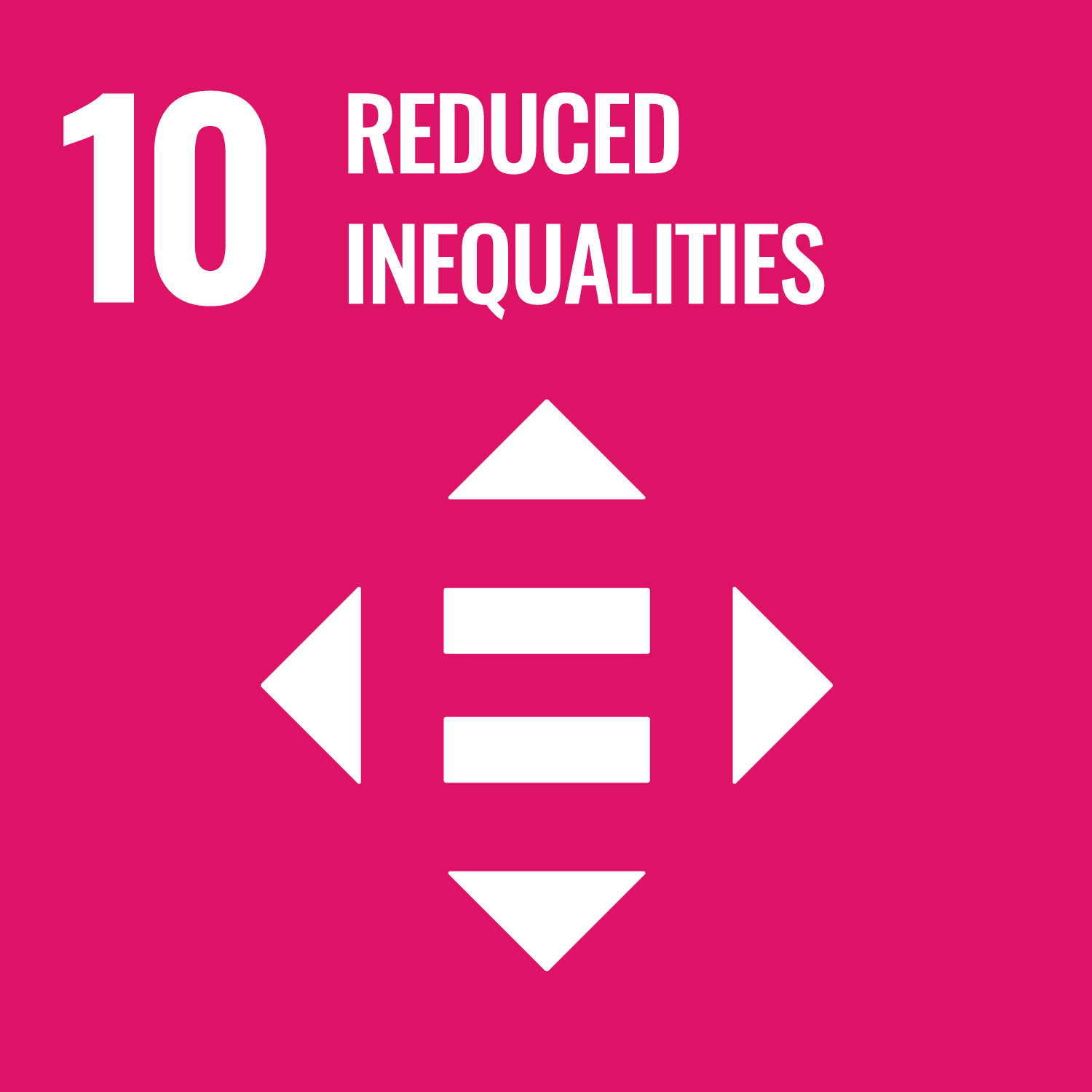First Catalan digital divide index to reduce inequalities in Catalonia developed
Almost half of older people do not use online banking services, and only slightly more than half use the La Meva Salut public healthcare appThe pioneering indicator, created by the Catalan Platform for Third Sector Organizations and the UOC, uses data from public and private sources for the first time for an in-depth analysis of the situation, and a clearer and more accurate perspective

The Catalan Round Platform for Third Sector Organizations, via the m4Social project, and a research team at the Universitat Oberta de Catalunya (UOC) have developed the first Catalan index of the digital divide, a pioneering indicator which uses data from both public and private sources for the first time, as a result of cooperation between civil society, government bodies and the private sector.
"The index is innovative because it provides a snapshot of digital inequalities in Catalonia, on a social and territorial level, and studies the three main dimensions of the issue – infrastructure, facilities and digital uses – and the changes to them, in order to make the indicator replicable elsewhere," its creators said. The data, which are both broken down by region and presented for Catalonia as a whole, show where and how it occurs, and aims to foster specific policies and actions to reduce inequalities related to accessing and using digital services, and to help government bodies, companies and social institutions to assess the impact of their initiatives.
“The index provides a snapshot of digital inequalities in Catalonia, on a social and territorial level, and studies the three main dimensions of the issue: infrastructure, facilities and digital uses”
The UOC participated in this project through the Communication Networks & Social Change (CNSC) research group, which is affiliated to the Research Unit on Culture, Creativity, Social Justice, Critical Thinking and Humanities. Its participation was coordinated by Mireia Fernández-Ardèvol, professor in the Faculty of Information and Communication Sciences, with s Enrique Rodríguez and Sara Suárez, who also belongs to the same faculty.
Standout figures
The project to create the digital divide index in Catalonia collates a series of data to illustrate the issue. One is related to digital infrastructure. The average level of 5G network coverage in Catalonia is 94.6%. Nevertheless, there are considerable differences between regions: while it is 99.9% in the Barcelonès region, in Alta Ribagorça it is only 20.3%. Despite extensive coverage, rural and mountain areas still lag behind significantly in terms of digital infrastructure.
The index also highlights ICT equipment in homes and educational centres as another key issue. Access to the internet and broadband in the home is practically universal, with an average level of 97.1%, and access to mobile phones stands at 99.4%. Differences between regions are minimal, with the lowest level (93.3%) in Alta Ribagorça once again. 94.8% of schools have Wi-Fi for teaching staff. The average number of computers is 55.6 per 100 students, although there are significant differences depending on the region (ranging from a minimum of 28.5 in Alta Ribagorça to a maximum of 90.6 in Ripollès). "These considerable inequalities between schools can have a potential impact on educational equality," the experts said.
As for general digital habits, 96.8% of the population aged 16 to 74 uses the internet, and email and shopping online are also widespread, at 99.4% and 97.1%, respectively.
Territorial, social, gender and age differences
The regions with the lowest population density and those located in mountain areas, such as Alta Ribagorça, Terra Alta and Pallars Sobirà, have the lowest levels of infrastructure, equipment and use. In contrast, metropolitan and coastal regions, such as Barcelonès, Baix Llobregat and Vallès Occidental, have the highest levels for all the indicators. Despite the high levels of ICT in households, there are considerable inequalities in the digital resources available in schools, especially in rural areas. There are also major differences in the levels of use of online public services, and particularly for health and administrative procedures.
In general, there are no significant differences between men and women in terms of internet access, email use or shopping online. However, there are differences in the use of the La Meva Salut primary healthcare app: 65.5% of women have used it, compared to 61.3% of men. This difference applies in almost all age groups. This may be indicative of women's greater involvement in administering family health issues, which may reflect their roles in care, or differences in involvement in administering family health issues compared to men.
The age variable is where the most pronounced digital divide is apparent. People between 35 and 54 years old use digital services to the greatest extent. The level of use drops significantly in almost all areas from 65 years old.
Older people are less independent when carrying out digital procedures related to government bodies. Some 41.4% of people aged 75 and over access the La Meva Salut primary healthcare app, while only 10.7% of people aged 75 and over have used the eConsulta service to contact health professionals. There is also a very significant difference in the use of online banking services: almost half of older people do not use them. Only 45.5% of people aged 75 and over use online banking services, while in younger age groups the percentage is very high, at 96.7% among people aged 25 to 34. "We would need to see if people over 75 years of age use digital services themselves, or if someone close to them, such as a relative, does it for them," said the creators of the index.
Collaboration to consolidate the new index
"This first version of the index enables us to identify major challenges and opens up new opportunities, including expanding the data available, and in particular those related to access to and use of public and private online services, such as telecommunications operators. This is a crucial step towards expanding the analysis that we have begun, and ensuring that it continues in the long term. We need to reach agreements with other institutions so that they provide relevant data on a voluntary and sustained basis," said the experts.
The people behind the initiative also highlighted the importance of incorporating a historical perspective, and retrieving past data to build a timeline that enables evaluation of the impact of past policies and decisions, and to provide a better understanding of the factors in the digital divide.
According to its creators, other key factors in the success of the index are communicating the experience and supporting other Spanish and European initiatives in order to replicate and adapt the index to other regions, and expanding collaboration. According to the people behind the project, it is important to "include other stakeholders to establish a joint strategy to counter the digital divide. The first step in this strategy could be the creation of the Digital Divide Observatory in Catalonia, a forum for joint analysis and action, to which each stakeholder would contribute their knowledge and expertise in order to create a roadmap that guarantees that digitalization is a driver of equity and not simply another factor in social exclusion," they concluded.
This project, involving the participation of the UOC's CNSC research group, is aligned with UN Sustainable Development Goal (SDG) 10, Reduce inequality within and among countries. This initiative is also aligned with the UOC's research missions: Ethical and human-centred technology, and Digital transition and sustainability.
Research at the UOC
Specializing in the digital realm, the UOC's research contributes to the construction of future society and the transformations required to tackle global challenges.
Over 500 researchers and more than 50 research groups make up five research units, each with a mission: Culture for a critical society, Lifelong education, Digital health and planetary well-being, Ethical and human-centred technology and Digital transition and sustainability.
The university's Hubbik platform fosters the development of UOC community knowledge transfer and entrepreneurship initiatives.
The goals of the United Nations 2030 Agenda for Sustainable Development and open knowledge are strategic pillars that underpin the UOC's teaching, research and knowledge transfer activities. For more information, visit research.uoc.edu.
Experts UOC
Press contact
-
Núria Bigas Formatjé


